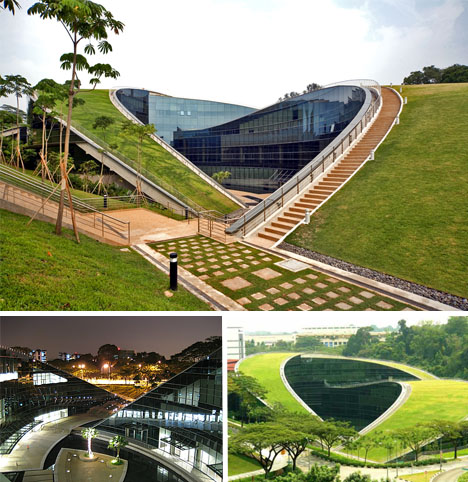
1) Nanyang Technical University – School of Art, Design and Media
– The architectural structure of this building maximizes interior daylight, makes smart use of lack of space and land in the local area, minimizes materials, and uses lower water and electricity uses.
 2) Yale University – Kroon Hall
2) Yale University – Kroon Hall
– Kroon Hall at Yale University is made from 80% certified timber, 16% recycled content. Also, 34% of the purchased materials came from regional sources. As a result, there is an 81% reduction in annual potable water use, which saves an average 500k gallons of city water a year. They are also seeing a 61% reduction in energy use compared to a similar building and program. It features rooftop photovoltaic panel providing 25% of the building’s electricity. Half of the red oak paneling came from a forest in northern Connecticut that’s managed by the school itself.
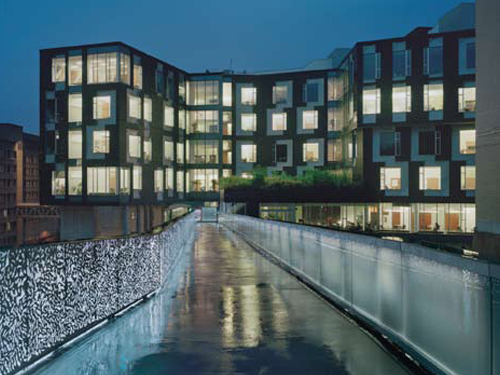 3) Carnegie Mellon University – Gates and Hillman Centers
3) Carnegie Mellon University – Gates and Hillman Centers
-This building features extensive day-lighting and a green roof with heat exchange system and rainwater collection. In addition to “green roofs” and sustainable materials, space for common areas has been maximized to encourage collaboration and innovation.
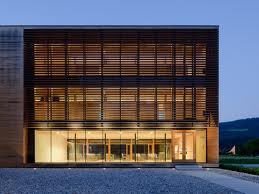 4) Salzburg University of Applied Sciences – Kuchl Campus
4) Salzburg University of Applied Sciences – Kuchl Campus
– The Salzburg University of Applied Sciences’ Kuchl Campus puts the school’s focus on “timber, design and sustainability” into practice. Timber construction is combined with a high-performance envelope and natural day-lighting to bring the building’s energy use down to less than 15 kWh/m² per year (a fraction of the average use).
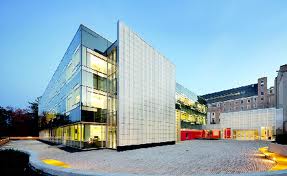 5) Cornell University – Human Ecology Building
5) Cornell University – Human Ecology Building
– During construction, 1050 tons of waste were diverted from disposal to recycling. The building is 91% of the wood used is certified sustainably harvested and 60% of the furniture has been salvaged and refinished. There are many different plants involved with the building. Showers and bike-racks are available to encourage riding bicycles to class. They even offer preferred parking for low-emitting vehicles and electronic vehicle charging stations. Not to mention, Cornell’s building uses daylight harvesting architecture, which boosts productivity and mental health.
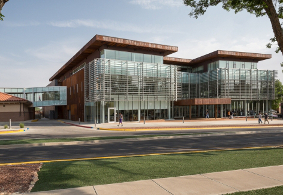 6) New Mexico Highlands University – Student Center
6) New Mexico Highlands University – Student Center
– Some green highlights of this center include exploring energy-efficient geothermal technology to heat and cool the building, high efficiency lighting, architectural shading of south glass by metal sunshades, using renewable source woods, water harvesting, using low-water trees to shade the courtyards, and much more.
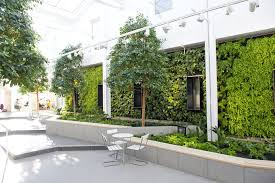 7) Karolinska Institute – Future Learning Environment
7) Karolinska Institute – Future Learning Environment
– This school focuses on lots of natural light and even has what’s called a “living wall” inside the building. This wall is covered in plants and helps with air quality.
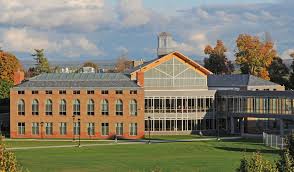
8) Clarkson University – Student Center
-This building utilizes locally produced concrete blocks that are more economical, energy-efficient, and environmentally friendly than traditional ones. This project also used 20% recycled glass.
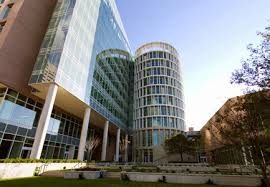 9) Rice University – BioScience Research Collaborative
9) Rice University – BioScience Research Collaborative
– This health and medical research facility incorporates air quality monitoring and a vegetative green roof. 75% of construction waste was recycled, and ground water from under the parking garage irrigates a nearby baseball field.
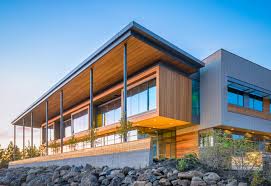 10) Central Oregon Community College – Science Center
10) Central Oregon Community College – Science Center
-The design team for this center specified high-performance glazing for the buildings to control UV rays. They primarily used cedar, which is what they have in central Oregon, and concrete – local and natural materials.
11) Arizona State University – College of Nursing and ISTB-4
-This school uses low-flow fixtures, solar water heating, minimized resource use, local building materials,and natural day-lighting.

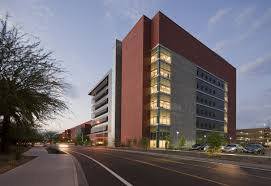
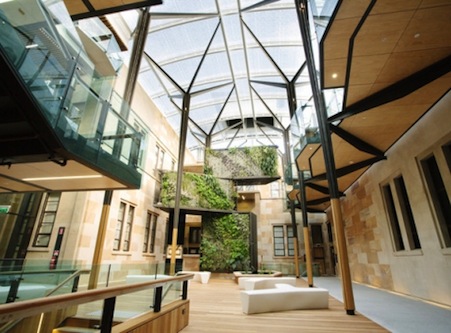 12) University of Queensland – Global Change Institute
12) University of Queensland – Global Change Institute
– This institute focuses on solar energy and natural ventilation. Builders used Geopolymer concrete, which is produced with lower greenhouse gas emissions than conventional concrete.
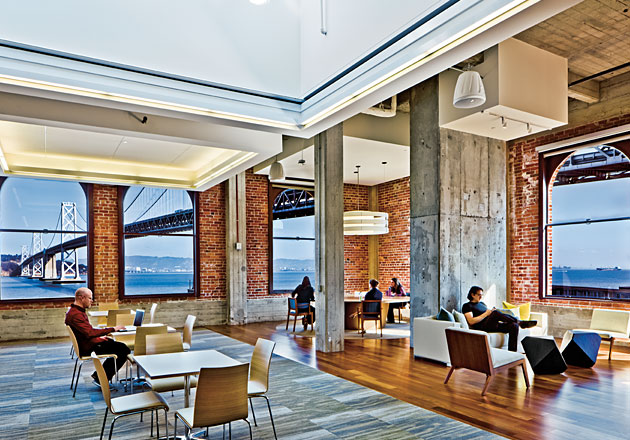
13) University of Pennsylvania – Wharton School – San Francisco
-Wharton School uses natural lighting (with arched and large windows) and renewable and recycled materials.
 14) University of California, Davis – Student Health and Wellness Center
14) University of California, Davis – Student Health and Wellness Center
-This center features a green roof designed to absorb harmful UV rays; and focuses on health and wellness (always a topic appreciated by Green Businesses).
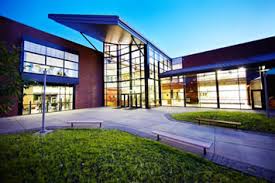 15) California State University Chico – Wildcat Recreation Center
15) California State University Chico – Wildcat Recreation Center
-CSU, Chico uses waterless urinals & low flow fixtures; as well as, exercise machines that generate power and other solar power means.
 16) Boston University – Student Services Center
16) Boston University – Student Services Center
-This center offers composting services and uses ground/storm water retention, low flow fixtures, and natural day-lighting.
-EWHA Woman’s University loves natural daylight, natural ventilation, and garden roofs.
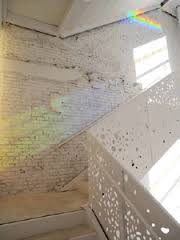 18) New York University – Department of Philosophy
18) New York University – Department of Philosophy
-The design incorporates a new skylit stair shaft and a curvilinear auditorium with a cork floor.
 19) Mills College Lorry I. Lokey Graduate School of Business
19) Mills College Lorry I. Lokey Graduate School of Business
-This building structure conserves land space, optimizes sun exposure, and harvests & recycles rainwater.
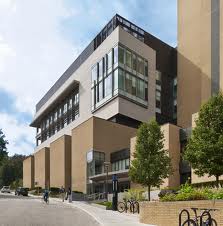
20) University of Pittsburgh – Chevron Annex
– This building was built atop the existing Ashe Auditorium Lecture Hall. Green features include more than 95% recycled construction and demolition waste, low-VOC paints and carpets, and low-flow plumbing fixtures.
What makes your school green-friendly?


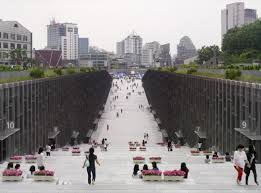 17)
17) 
